Add Movement to the School Day to Boost Student Physical Activity and Learning
SHAPE America
OCTOBER 10, 2023
Adding more movement — through physical education, recess and active classrooms — is essential for beating the almost-winter blues. Elementary students get the majority of their movement during the school day in physical education (PE) and recess. Middle and high school students take even fewer steps during a typical school day.

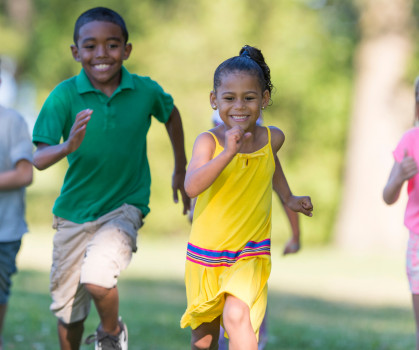
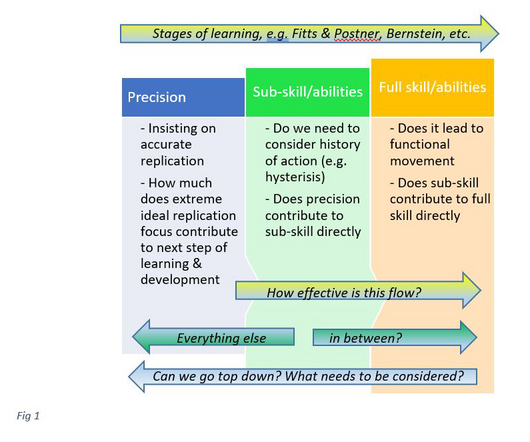
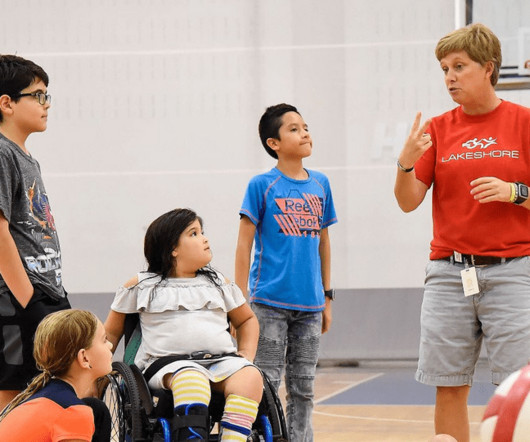
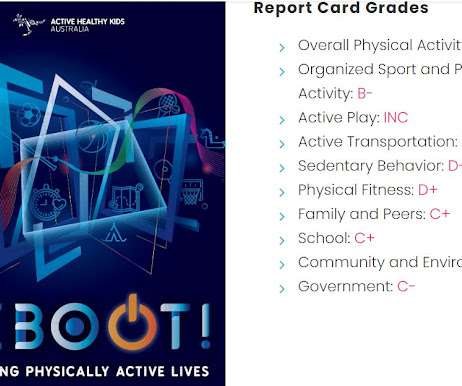
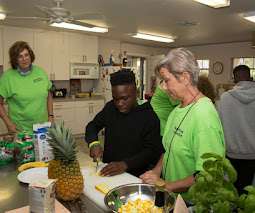
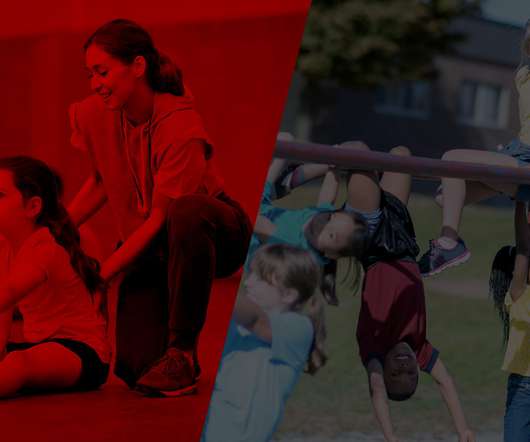
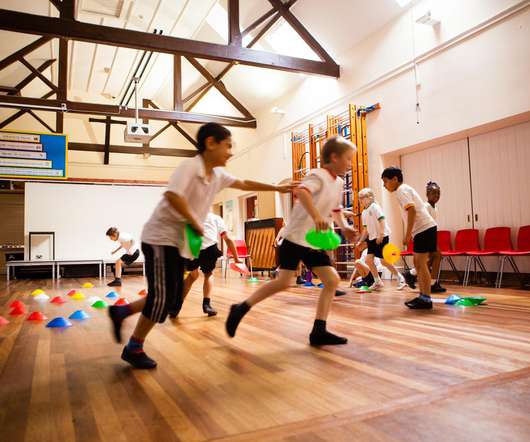
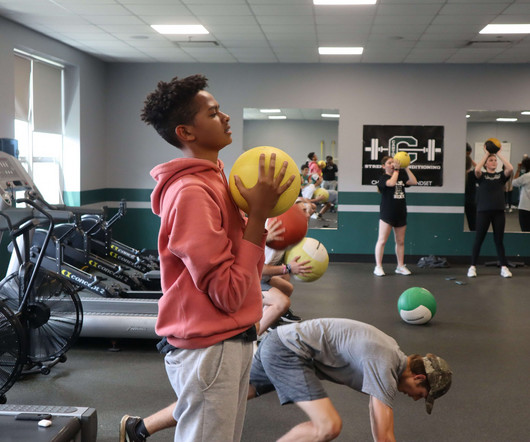
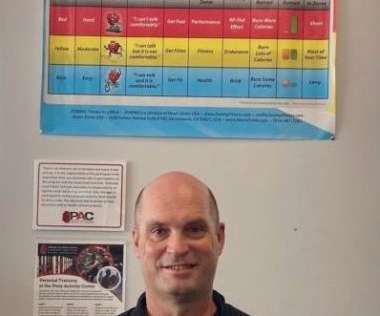
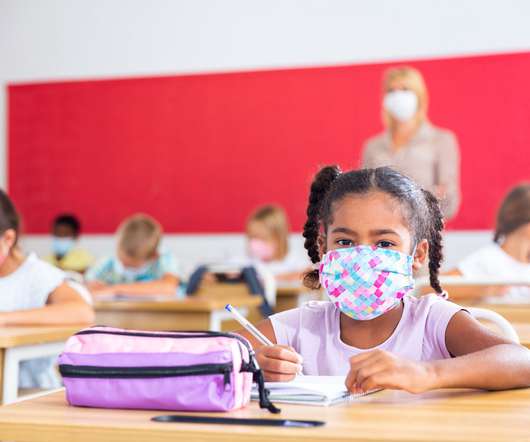






Let's personalize your content